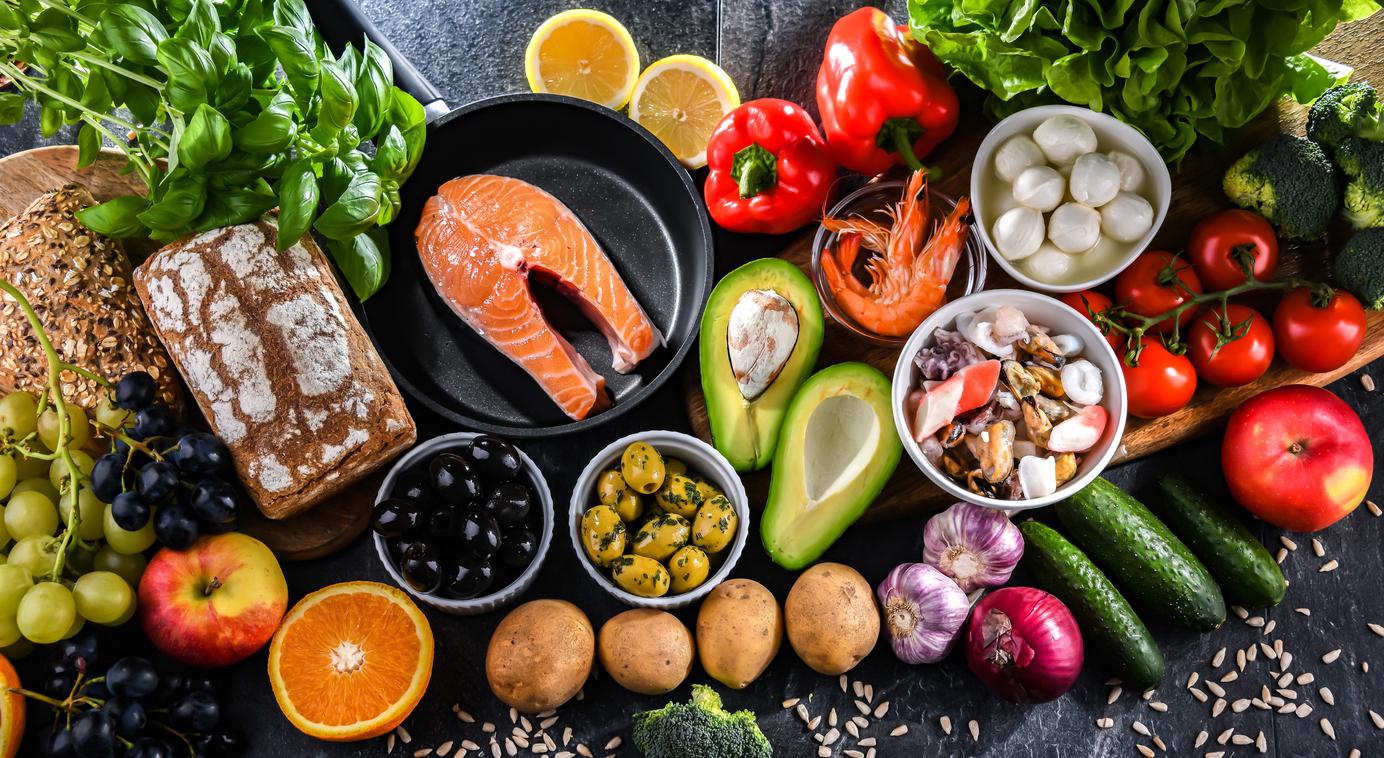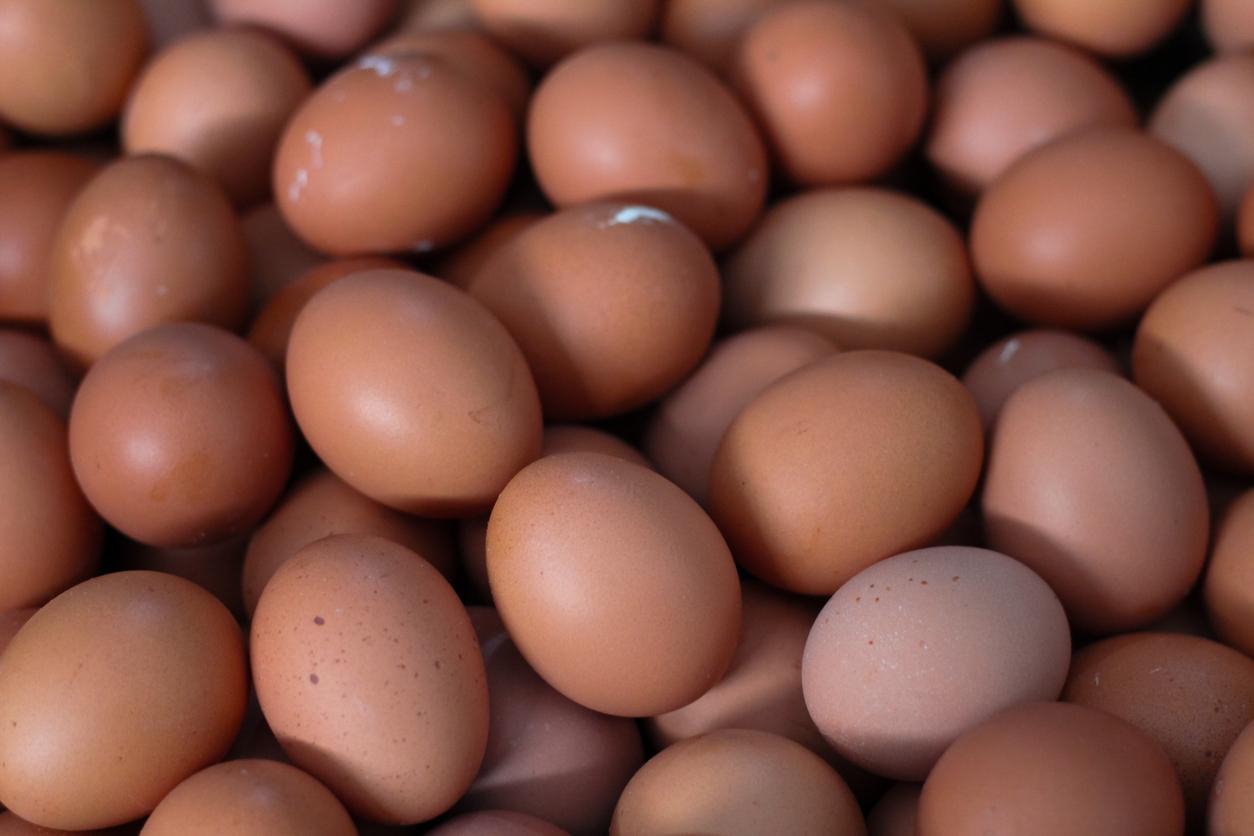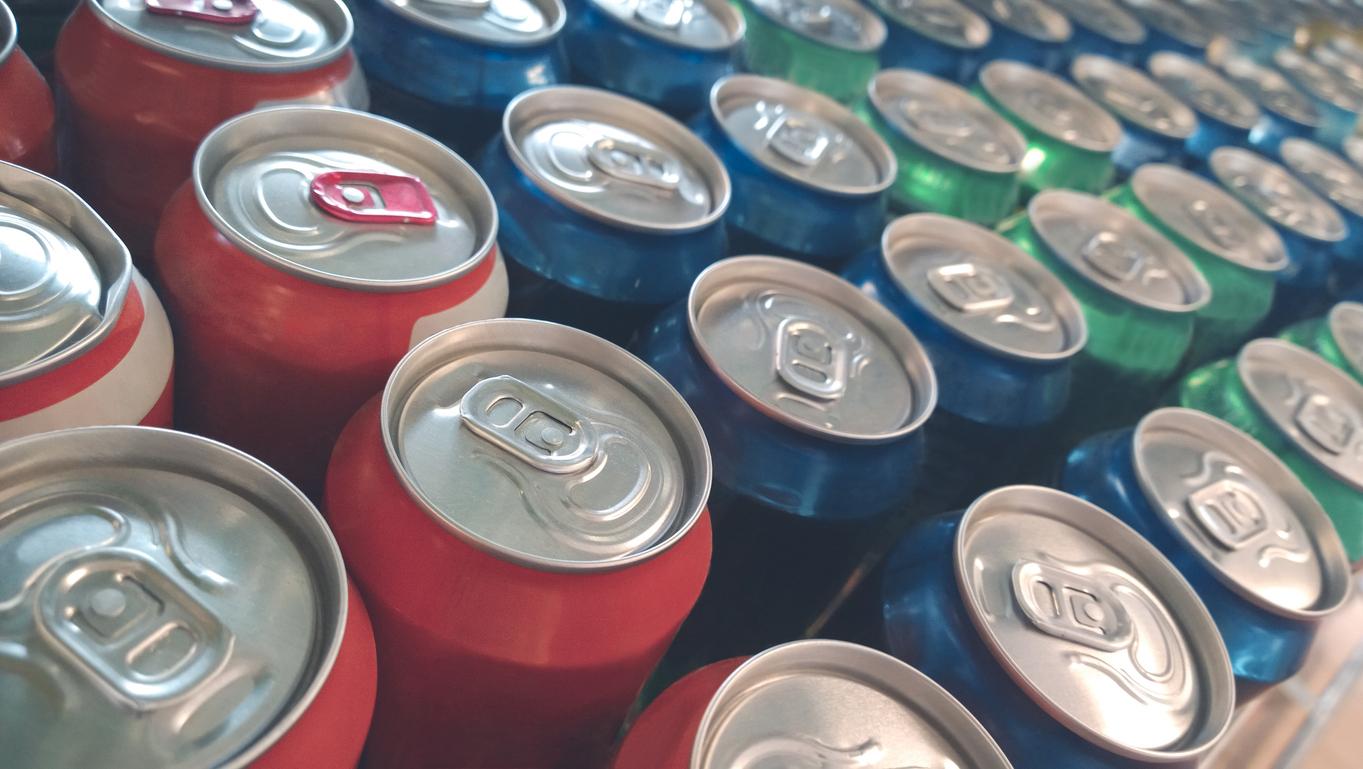German scientists have developed a new method to simultaneously analyze food odors and flavors. Ultimately, this technique could help speed up and simplify product quality control.

In order to guarantee the quality and taste of a food, manufacturers must control the smell and flavor of their products throughout the manufacturing process. This requires a quick but precise analysis. Taste and aroma substances, however, differ greatly in their chemical and physical properties.
This is why chemists currently use very different methods to determine the nature and quantity of odorous substances and flavoring agents contained in a raw material or a food. But these aroma analyzes are particularly tedious and therefore costly. German scientists have developed new technology for the simultaneous analysis of odorants and flavors that could simplify and speed up food quality control, the Technical University of Munich announced in a statement.
A new methodological approach
“We have now developed a novel new methodological approach that will allow us to examine foods simultaneously for odors and flavors in a time-saving, high-throughput process. It is based on a method ultra-high performance liquid chromatography (UHPLC-MS) mass spectrometry typically used for taste analysis,” says Thomas Hofmann, director of the Leibniz Institute for Food Systems Biology and professor of food chemistry and sensory science. molecular.
“We tested our new methodological approach using apple juice as an example. The results are very promising,” explains Andreas Dunkel, a food chemist who also participated in the development of this method.
An approach that should help fight food fraud
Thus, the latter makes it possible to analyze for the first time very quickly the flavor and the smell of a large number of samples, welcome the scientists. They hope to eventually be able to make it available to food manufacturers so that they can use it to quickly and easily monitor the taste of their food throughout the chain and optimize it if necessary.
Last but not least, this new technique could be helping put an end to food fraud. “Using the identified flavor profiles, it would be possible to verify the origin and the quality label of the manufacturers and to detect food fraud”, explains Andreas Dunkel.
food fraud, a major issue in the agri-food industry which concerns 10% of food sold commercially, means the intentional substitution, dilution or addition of a food product with the objective of financial gain by increasing the apparent value of the product by reducing its manufacturing cost. Misleading labeling is food fraud, for example. The foods most affected by this practice are: olive oil, fish and seafood, honey, maple syrup, fruit juices, meat products, spices, coffee, tea and cocoa.
.
















